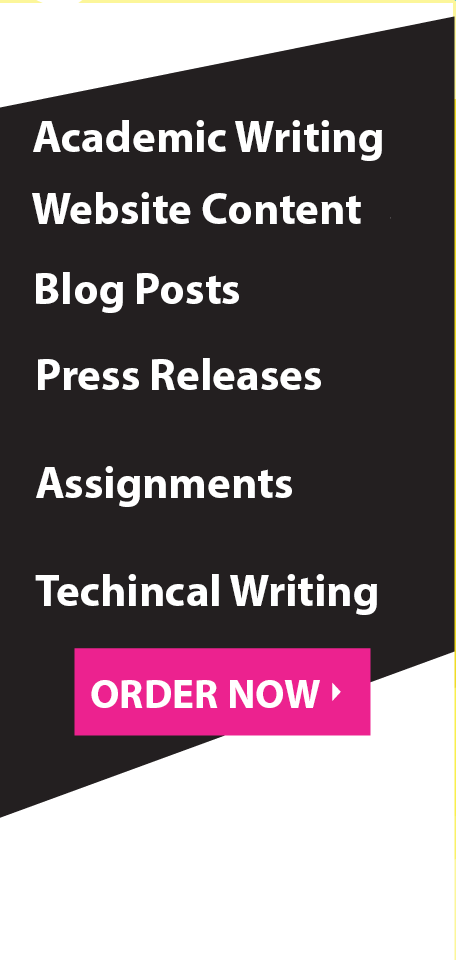Design of an Advanced Wastewater Treatment Process
Design of an advanced waste water treatment process
Brief summary of background, objectives, scopes, major findings and conclusion.1/ Background (10 marks). To begin with discuss the importance and the related issues of wastewater reuse for potable and non- potable purposes in Australia.2/ Current Wastewater Treatment Plant (WWTP) Assessment (15 marks). Provide a brief background on the Malabar WWTP including history, location, capacity, coverage, etc. Describe current wastewater treatment system at Malabar WWTP including all its processes components. Refer assignment scenario DOCUMENT B: Wastewater treatment and seawater desalination plants which briefly describes the current treatment system. Prepare your own detailed process layout diagram of the existing treatment plant.3/ Alternate wastewater treatment system using membrane bioreactor (MBR) (see Document B of 42991_Sydney Metropolitan Water Plan scenario) (20 marks).
The current WWTP at Malabar consists of a secondary biological treatment system for nitrification/denitrification processes. Evaluate and propose an alternative treatment process design incorporating MBR as a new technology to replace some processes of the existing WWT. Draw on your own a process or flow diagram of the proposed alternate treatment plant incorporating MBR process. Use a different color lines to distinguish the new components from the existing components. Describe the rationales of the alternate treatment system and also the components of additional processes. Conduct a detailed comparative design analysis of the proposed MBR system with the existing system. Calculate and further compare the spaces required between the current conventional activated sludge process treatment system at Malabar.
Further Description
Also the proposed upgradation using MBR based on the given design parameters or make reasonable assumptions from references if necessary. o Calculate and compare the differences in total power (kW) and specific energy (kWh/m3) required between the MBR and current wastewater treatment systems Assume that the primary treatment for both conventional activated sludge and MBR treatment are the same; thus, only focus your comparison (space and energy requirements) to the secondary treatment. Do not include in the design the use of valves, pumps, etc. Of course, you have to consider the aeration in the biological reactor and MBR. Note that Power (kW) and Energy (kWh) are not the same and hence your calculations should be clear on their values. Discuss the water quality characteristics of the current wastewater treatment plants (raw influent and effluents from each components).
Explain the advantages and disadvantages between the MBR and current wastewater treatment systems. Which option do you want to recommend and why?4/ Drinking Water Supply Augmentation (20 marks. Provide at least two alternate options to upgrade the existing waste water treatment plant to produce treated water for drinking supply augmentation Option 1: For indirect or non-potable water reuse application such as toilet flushing, laundry, irrigation, cooling tower, etc. Option 2: For direct potable water reuse application. Draw on your own the wastewater treatment process flow diagram for all the options. Finally explain the rationale for the chosen additional process components – (you should detail your reasons for each component you use with consideration to the possible additional expenses for each component).
Additional Information
No need to repeat rationales already described earlier. Discuss about the advantages and disadvantages of the two options as water supply. Do not just give a table of comparison, but you should explain the reasons behind backed by cited literature. Which option do you prefer? Discuss the water quality characteristics of the current wastewater treatment plant (influent and effluents) and the target water quality/characteristics of the recycled water for drinking water augmentation. Use WHO or other relevant drinking water guidelines.5/ Conclusions and recommendations (10 marks). Summary of your works. Recommendations from your works6/ References (5 marks). Use EndNote or any other equivalent referencing software others for assessment (15 marks). Marks provided for overall report format and structure, sentence flow, clarity, English language including grammar, etc.
Attached Files
|


 +1 650 405 4067
+1 650 405 4067

